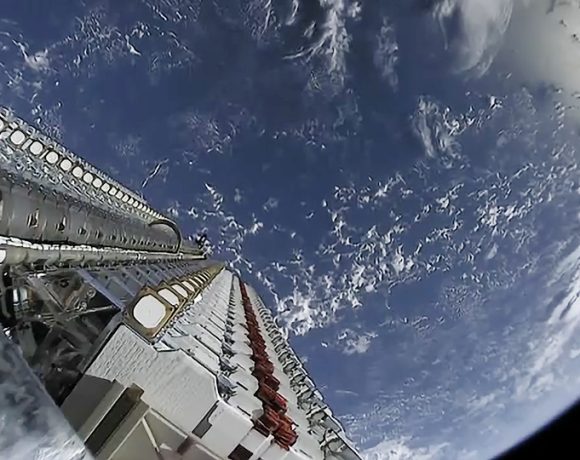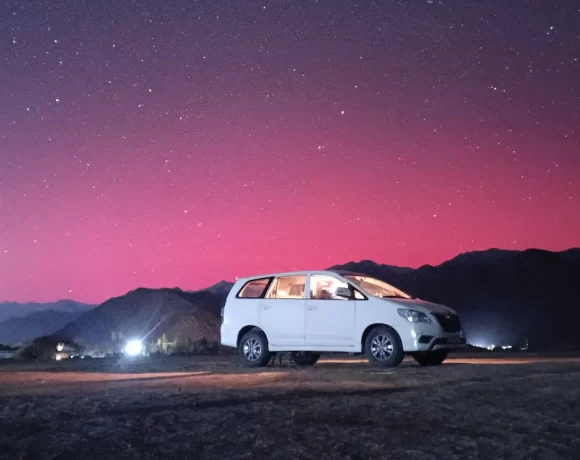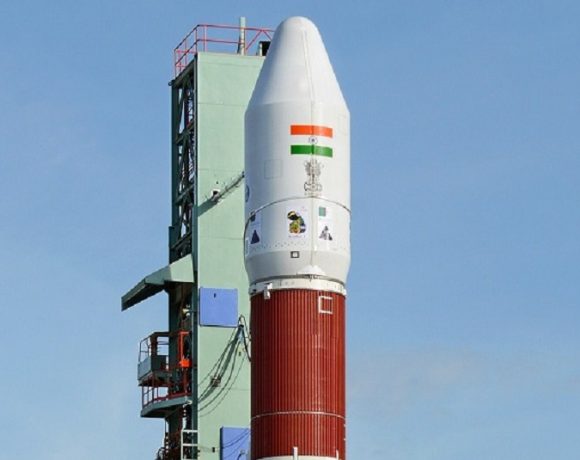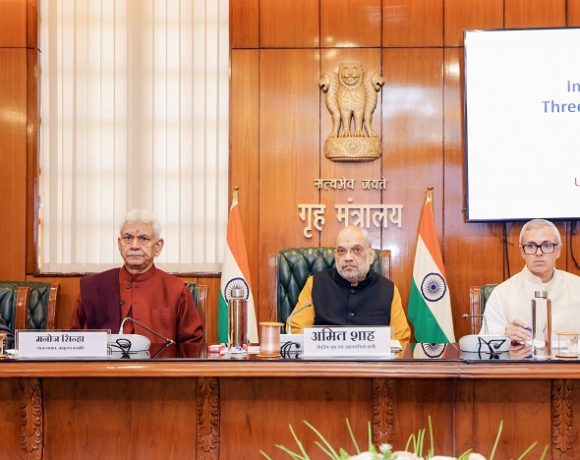
India’s Bacteria Bricks: Paving the Way for Lunar Habitats
Indian scientists have made a pioneering breakthrough in developing sustainable construction materials for building habitats on the Moon. Using a naturally occurring bacterium called Sporosarcina pasteurii, researchers have created “space bricks” from a simulant of lunar soil, opening new possibilities for cost-effective and eco-friendly space infrastructure.
Building with Bacteria
The process involves mixing the lunar regolith simulant with the bacterium, urea, calcium, and a natural binder called guar gum. The bacterium facilitates the precipitation of calcium carbonate, which binds the soil particles into solid, durable bricks. This method avoids the enormous logistical and financial burden of transporting construction materials from Earth, instead using locally available resources on the Moon.
Tackling Harsh Lunar Conditions
The Moon presents a hostile environment for construction, with extreme temperature variations, lack of atmosphere, and constant exposure to micrometeorites. To address these issues, researchers have also experimented with sintering techniques—heating the regolith mixture with polyvinyl alcohol to produce stronger bricks. However, despite their added strength, these sintered bricks are still prone to cracking over time under lunar conditions.
Self-Healing Structures
One of the most innovative aspects of the research is the use of Sporosarcina pasteurii to repair damaged bricks. A specially prepared slurry containing the bacterium, lunar simulant, and guar gum can be applied to cracks. The bacteria then induce calcium carbonate formation, effectively sealing the damage and restoring up to 54% of the brick’s original strength. This self-healing capability is considered a game-changer for maintaining lunar structures without needing constant repair missions from Earth.
Testing in Space
To further validate the technology, Indian space scientists plan to include the bacterium in the upcoming Gaganyaan mission. This experiment will evaluate how well Sporosarcina pasteurii functions in microgravity, a key requirement before deploying the method for extraterrestrial construction.
This development signals a major step forward in India’s contribution to sustainable space exploration. The potential to build, repair, and maintain habitats using biological processes not only enhances the feasibility of long-term lunar missions but could also shape future construction efforts on Mars and beyond.


















